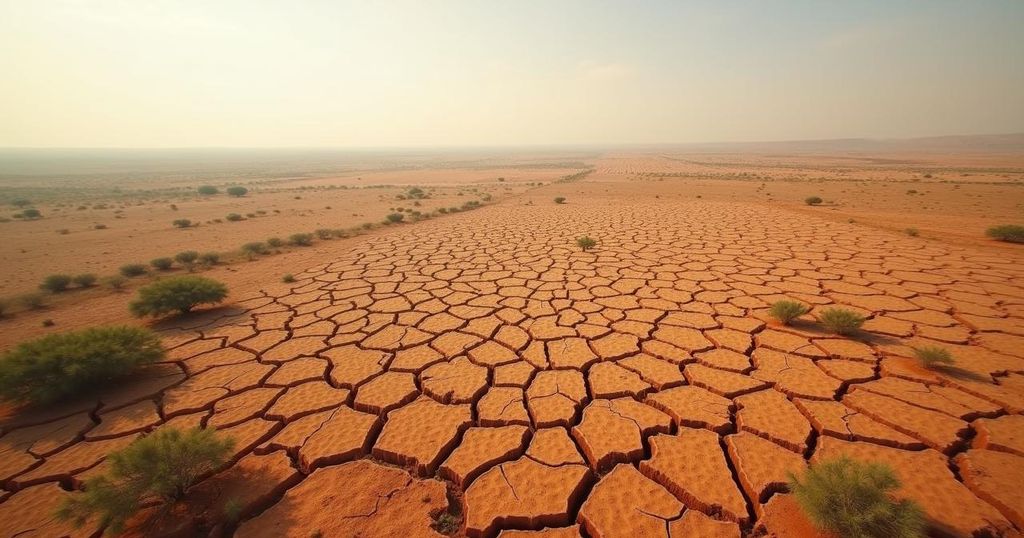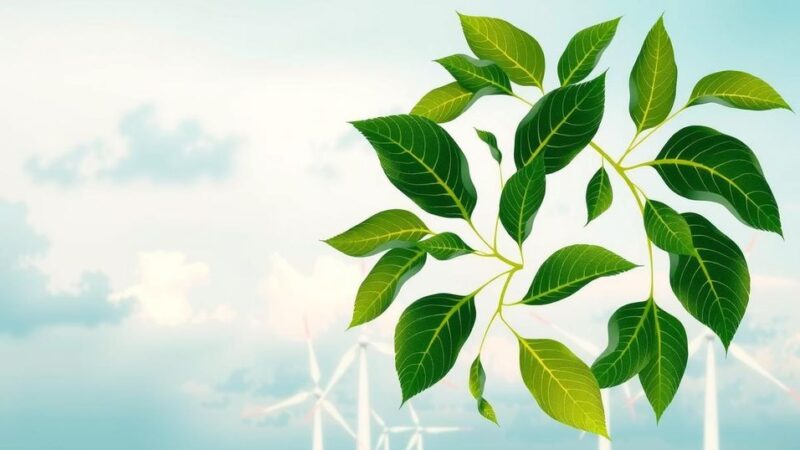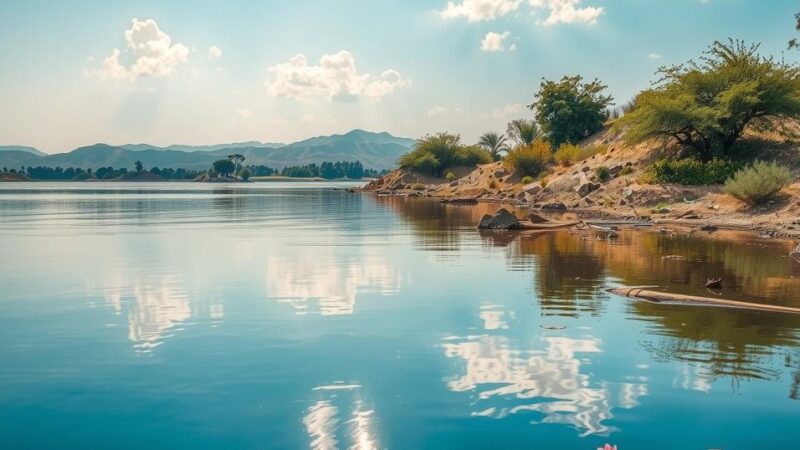Southern Africa is currently experiencing its worst drought in a century, affecting over 27 million people, including 21 million malnourished children. With multiple countries declaring national disasters, the situation is dire as crop failures and livestock losses continue to escalate. Experts warn that conditions are expected to worsen until the next harvest in March or April 2024, exacerbated by climate change and inadequate rainfall.
The severe drought affecting Southern Africa has reached unprecedented levels, impacting over 27 million individuals, with the United Nations World Food Programme (WFP) reporting that 21 million children are now malnourished. Countries such as Lesotho, Malawi, Namibia, Zambia, and Zimbabwe have declared national disasters as the drought has decimated crops and livestock. The situation is equally dire in Angola and Mozambique, with the WFP predicting a worsening crisis through the upcoming harvest period in March and April of next year. “A historic drought – the worst food crisis yet – has devastated more than 27 million lives across the region,” expressed WFP spokesperson Tomson Phiri, adding that for many children, one meal a day has become a stroke of luck. As October marks the beginning of the lean season in Southern Africa, the monthly conditions are expected to deteriorate further until the anticipated harvest next year. The reliance of tens of millions in the region on small-scale rain-fed agriculture for sustenance and income places them in a precarious position. Aid agencies had forewarned of a potential calamity late last year due to the El Niño phenomenon, which resulted in insufficient rainfall, exacerbated by climate change and rising temperatures. The impact of the drought on the agricultural sector has been catastrophic, with Zambia experiencing a 70 percent decline in harvests and Zimbabwe suffering an 80 percent drop, according to Lola Castro, acting regional director for southern Africa at WFP. Additionally, the drought has diminished hydropower generation, resulting in substantial electricity shortages in the region. In response to the crisis, Namibia and Zimbabwe have resorted to culling wildlife, including elephants, to provide meat for their hungry populations. This dire situation underscores the vulnerability of sub-Saharan Africa to climate change, as its economies heavily depend on rain-fed agriculture and natural resources, leaving them ill-equipped to implement resilience strategies against climate impacts.
Southern Africa has been grappling with an extreme drought, characterized as the worst in a century. This environmental disaster has had devastating effects on agriculture, livelihood, and food security across the region. Many countries in Southern Africa are facing severe food shortages, directly linked to changes in weather patterns attributed to climate change, such as lower-than-average rainfall associated with the El Niño phenomenon. The reliance on rain-fed agriculture makes the populations in these countries particularly susceptible to climate variabilities. Current humanitarian crises are exacerbated by inadequate infrastructure and a lack of resources to support the affected communities in adapting to the challenges posed by climate change.
The ongoing drought in Southern Africa represents a significant humanitarian crisis, with millions at risk of hunger and malnutrition. The severe impact on agricultural production alongside climate change and rising temperatures has created a precarious situation for vulnerable populations that depend on rain-fed agriculture. Immediate intervention and long-term strategies for climate resilience are necessary to avert further deterioration through the impending lean seasons until agricultural recovery is possible in the coming months.
Original Source: www.aljazeera.com






